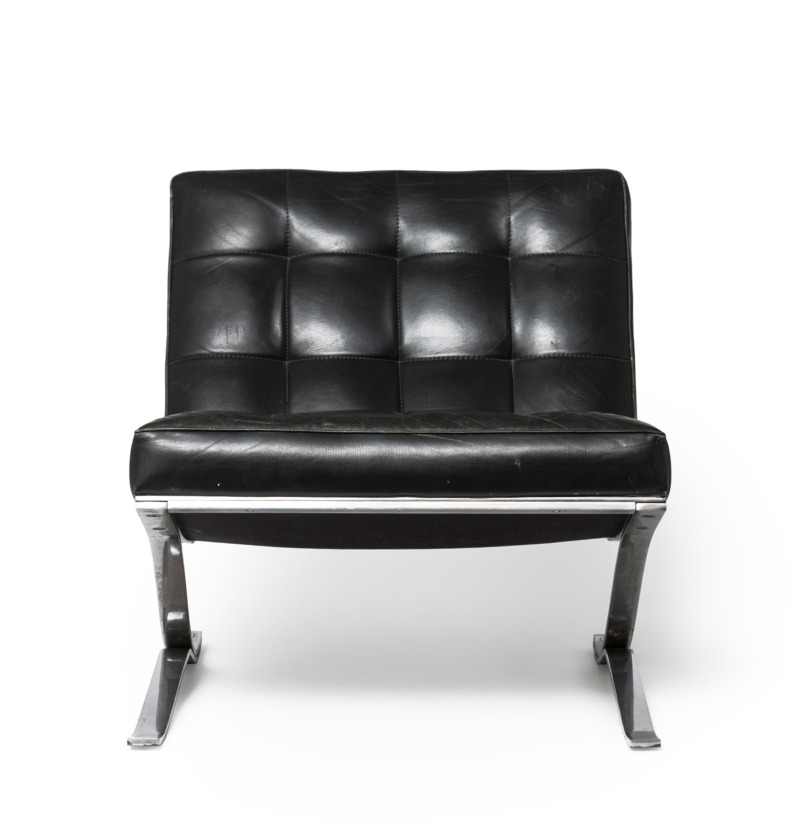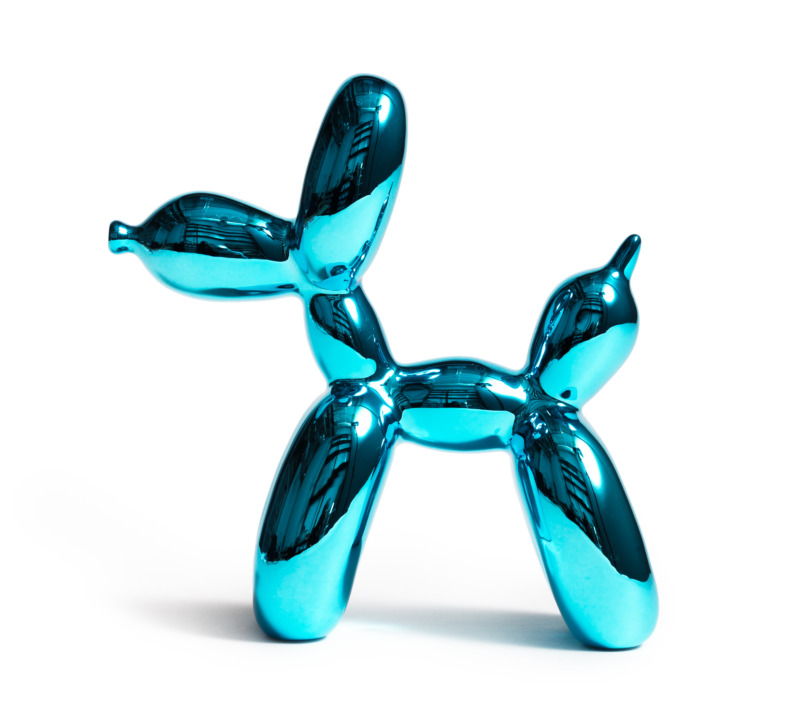The aerographs Simplex I. were manufactured by the A. Krautzberger & Co. GmbH in Holzhausen between 1920 and 1940. Before that, the inventor Albert Krautzberger had already applied for a patent for a high-pressure airbrush in 1902.
From 1903 on, the company started producing aerographs meant for the application of spray-paint onto surfaces.
The Simplex I. has a wooden helve, the lower end of which can be connected to a compressed-air hose. Its lengthy metal barrel, leading up to the nozzle, is attached to a small reservoir on top, which holds the paint. Pulling the trigger releases the air-pressure and simultaneously controls the nozzle’s width through which the spray paint is distributed. Thus, the further back the trigger is pulled, the more paint leaves the device.
The Königliche Porzellanmanufaktur Berlin was already using this method of spray-painting roughly around 1900 to glaze its products. In the following years, more and more German ceramics companies were being equipped with larger aerographic appliances. Accordingly, a faster training process for workers quickly lead to the mass-production of spray-painted ceramics. Both free-hand as well as stencilled applications of abstract décor became widely popular over the course of the 1920s. This trend, alongside widespread availability and affordable prices, led to a wider presence of such goods on the market.
The aerograph found itself at the intersection between the manual, individual brushstroke and a machine-like objectivity of industrial production. Artur Henning, teacher at the Staatliche Keramische Fachschule Bunzlau, preferred the technical dimension of this technique and considers it to be inextricably linked to abstract and geometrical designs. Artists of the Bauhaus school (e.g. Kandinsky, Klee and Moholy-Nagy) also experimented with the expressive possibilities of the aerograph.
The aerograph is on display as part of the special exhibition “Decoration as Trespass?”, which is devoted to the popular spray décor of the 1920s and 1930s and the associated socio-economic and technical-artistic discourses.

